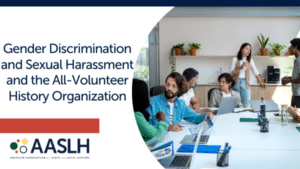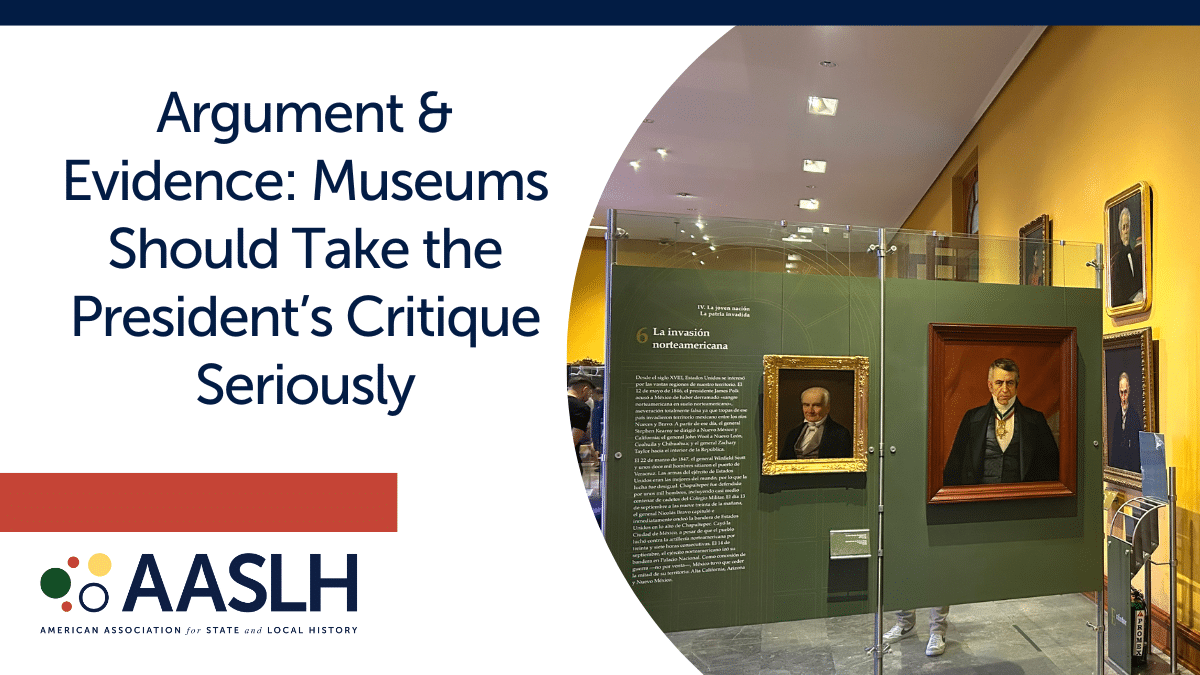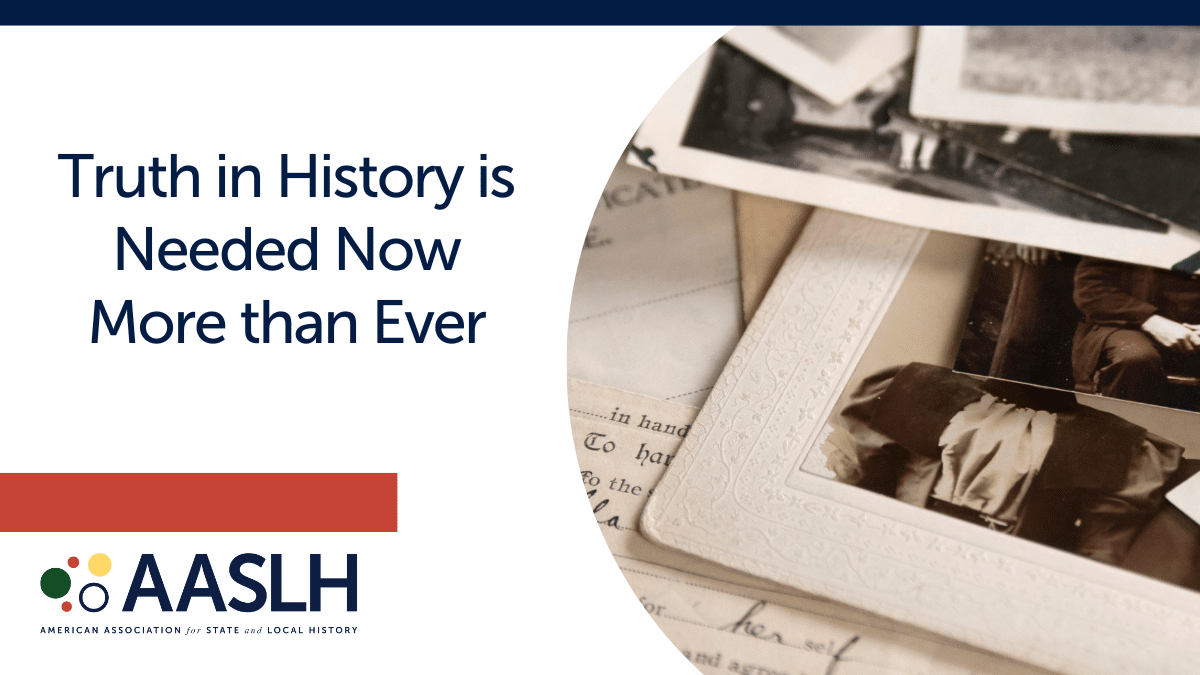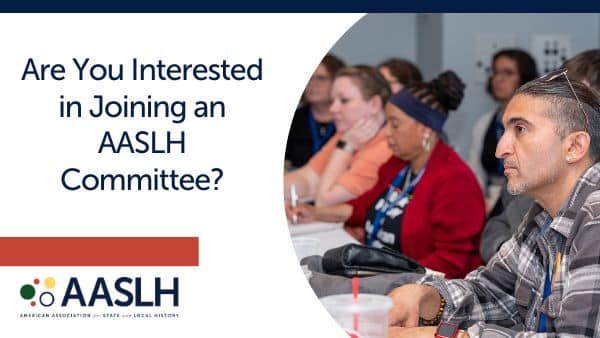
Editor’s Note: This is the second post in a series of posts written by members of the AASLH Gender Discrimination and Sexual Harassment Task Force. You can read the previous post in the series: Small Museums and Gender Discrimination and Sexual Harassment by Joan Baldwin
By Anne W. Ackerson
Volunteers are integral to the work of nonprofit history organizations, from the board room to the docent. The all-volunteer organization occupies a special place in the nonprofit heritage universe, in part because so many history organizations start out as all-volunteer historical societies and museums. Often characterized as scrappy, high energy, or close-knit, the all-volunteer organization is driven by an outsized passion that sometimes obscures the realities of its management within accepted legal and ethical parameters.
Just because an organization relies solely on volunteers does not exempt it from human resource liabilities impacting volunteers that can have serious legal implications, such as gender discrimination and sexual harassment. Know, too, that volunteers may find themselves the targets of gender discrimination and/or sexual harassment from donors, members, vendors, and visitors. “Because volunteers in most situations will not be considered employees, the risk of liability for an employment law claim by a volunteer is low. However, the potential for personal injury and other claims still exists, and the reputational harm to an organization from lawsuits is potentially very high.” (Ronald W. Taylor and Thomas H. Strong, “Volunteering for Trouble or Trouble with Volunteers?: A Guide to the Liability Risks for Nonprofits and their Volunteers,” Venable LLP, November 10, 2011. (Accessed January 8, 2025))
Here are some ways your all-volunteer organization can mitigate some of these risks:
- Understand your organization’s liabilities as they relate to volunteers, including federal and state laws that affect your organization. Seek legal consultation. Ensure your organization has appropriate insurance policies in place.
- Create a volunteer handbook and training that addresses the essential aspects of volunteer activity and provides information about reporting problems volunteers may encounter.
- Develop and make freely available anti-harassment and anti-discrimination policies to all volunteers and board members. Have legal counsel review policies and the governing authority approve them.
- Regularly train volunteers and board members on these policies, along with other risks to which volunteers might be exposed.
- Create a fair and reasonable process to follow when a complaint is made. Use a neutral third party to handle this process when necessary.
- Develop procedures for supervising and monitoring volunteers, and criteria for discontinuing unfit volunteers (including board members).
Sources Consulted
Ackerson, Anne W., Baldwin Joan H., and Hawkins, Bethany L. Gender Discrimination and Sexual Harassment Policy Rubric. AASLH Technical Leaflet #303. 2023.
___________. “Preventing and Addressing Gender Discrimination and Sexual Harassment in History Organizations.” History News. Vol. 78. No. 3. 2023.
BMS Group. “Discrimination, Harassment and Liability: What Non-profits Need to Know,” Volunteer Vibe. March 22, 2022. (Accessed January 8, 2025)
Taylor, Ronald W. and Strong, Thomas H. “Volunteering for Trouble or Trouble with Volunteers?: A Guide to the Liability Risks for Nonprofits and their Volunteers,” Venable LLP, November 10, 2011. (Accessed January 8, 2025)
Note: The information provided in this post is for informational purposes only based on the author’s experiences and should not be construed as legal advice. Please consult with an attorney regarding your specific situation.
Anne W. Ackerson is the former director of the Museum Association of New York and the Council of State Archivists. Ackerson continues to work for the Council as a contract communications and development coordinator. She also is a member of the AASLH Gender Discrimination and Sexual Harassment Task Force.



